Homophone definition:
Homophones are words that sound alike but are spelled differently and have different meanings.
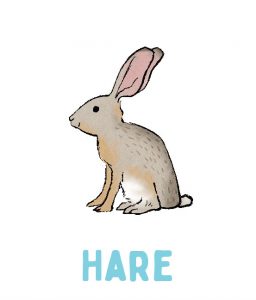
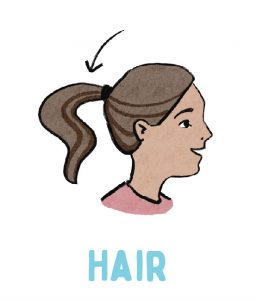
We use homophones in our daily conversations and see them in print all the time. However, we often confuse one homophone with another, resulting in spelling errors. Keep reading below for useful tips on remembering the correct spellings for homophones and practicing them with kids.
We gathered a list of the Most Commonly Confused Homophones here with examples. A printable version of this list is included in our free homophones download.
| He ate a healthy dinner. | I saw eight fish in the pond. |
| Do not break your pencil. | Dad stepped on the brake to stop the car. |
| She went to the store to buy milk. | There was a tall tree by the pond. |
| Deer run through the field in the fall. | My dear friend sent me a card in the mail. |
| She has a gift for Grandma. | We will pick four daisies. |
| The recipe calls for two cups of flour. | She will plant a flower by the fence. |
| He was sick in bed with the flu. | A bird flew across the field. |
| I can hear the trumpet. | Look over here. |
| I heard the choir sing. | The shepherd watched his herd of sheep. |
| I knew the correct answer. | Did you get a new coat? |
| We will have potatoes with meat for dinner. | Did you meet the new coach? |
| I lost my favorite pair of socks. | A pear is a delicious fruit. |
| I felt great peace while sitting next to the quiet brook. | Would you like a piece of pie? |
| I could see the valley below from the top of the mountain peak. | Do not peek inside the package. |
| You will have to pedal your bike up the hill. | The flower petal fell to the ground. |
| Turn right at the corner. | Write your name at the top of the paper. |
| The captain raised the sail on the boat. | The store is having a sale on grapes this week. |
| Three ships sailed across the sea. | Can you see the birds in the tree? |
| I have never seen the ocean. | The artist painted a beautiful scene. |
| The room is at the top of the stairs. | The girl stares at the stars. |
| Wait here for your turn. | What is the weight of that pumpkin? |
| He wears a belt around his waist. | Do not waste the extra food. |
| Which way should we go? | How much does an elephant weigh? |
| Did you wear a coat and hat? | Where are you going for your vacation? |
| The chain broke because of a weak link. | How many days are in a week? |
| The weather for today is cold and rainy. | Did you decide whether you will go with us to the game? |
| We need an actor who’s tall for this role. [who’s = who is] | Whose sweater is this? |
| My dad built this stool using wood. | Would you like to go for a walk? |
| You’re such a wonderful friend! [you’re = you are] | Here are your shoes. |
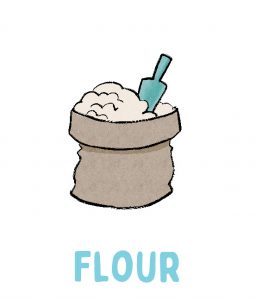
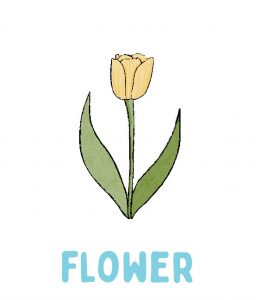
| The gumball cost one cent. | He sent a letter in the mail. | The flower has a fragrant scent. |
| It will take six weeks for his broken arm to heal. | Step with the heel of your foot. | Dad said he’ll bring you to the park. [he’ll = he will] |
| I have a friend named Mary. | The happy couple will marry next month. | The merry boy happily took his puppy for a walk. |
| We will go there. | I went to their house. | They’re coming to my house. [they’re = they are] |
| Are you going to the store? | There are too many flies in here! | I have two sisters. |
Find even more homophones in this free download of 500+ homophones children should know: The Ultimate Homophone List!
How to Remember Homophones
1. Homophone Pairs in Sentences
Many homophones such as see/sea or where/wear are easy to remember by using them in a sentence. Select 2–5 sentences (depending on the child’s age) to focus on. The child can read, write, and/or illustrate the sentences.
For example:

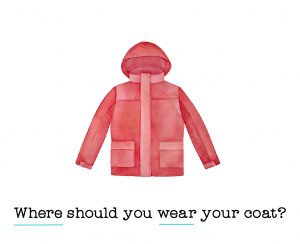
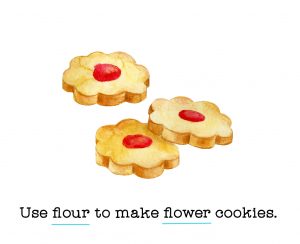
2. Picture Pairs
Many children learn best by connecting words to pictures. Make learning visual by matching pictures to the correctly spelled words. Index cards work great for this.
You or the child can make word/picture card sets, or get the Homophone Picture Pairs Matching Cards in the free download below.
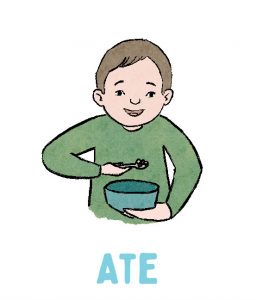
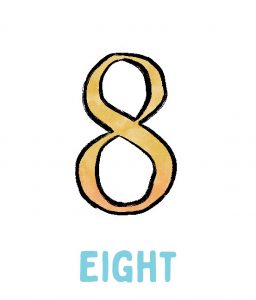
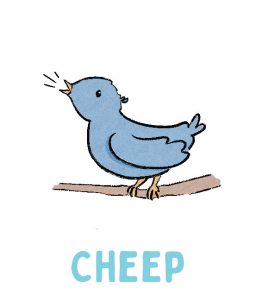
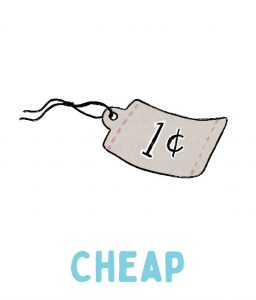
3. Spelling Memory Mnemonics
Create your own random memory tricks (mnemonics) for how to remember the spelling of homophones. Here are some ideas:
Notice the vowels.
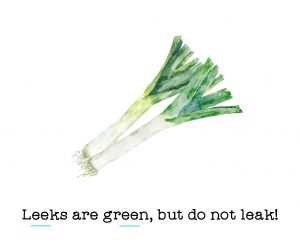
Look for hidden words in the homophone.
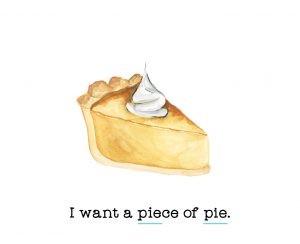
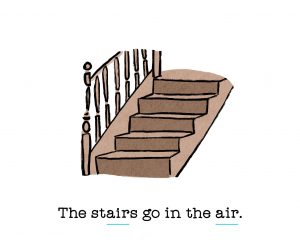
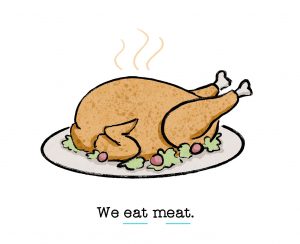
Further explore and master more homophones and commonly confused words in our homeschool curriculum. The Good and the Beautiful Language Arts courses include repeated homophone practice from kindergarten through high school.
Our unique and fun teaching method helps children easily remember the correct spelling and usage for many homophones!
You may also like . . .

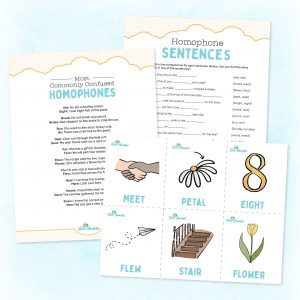
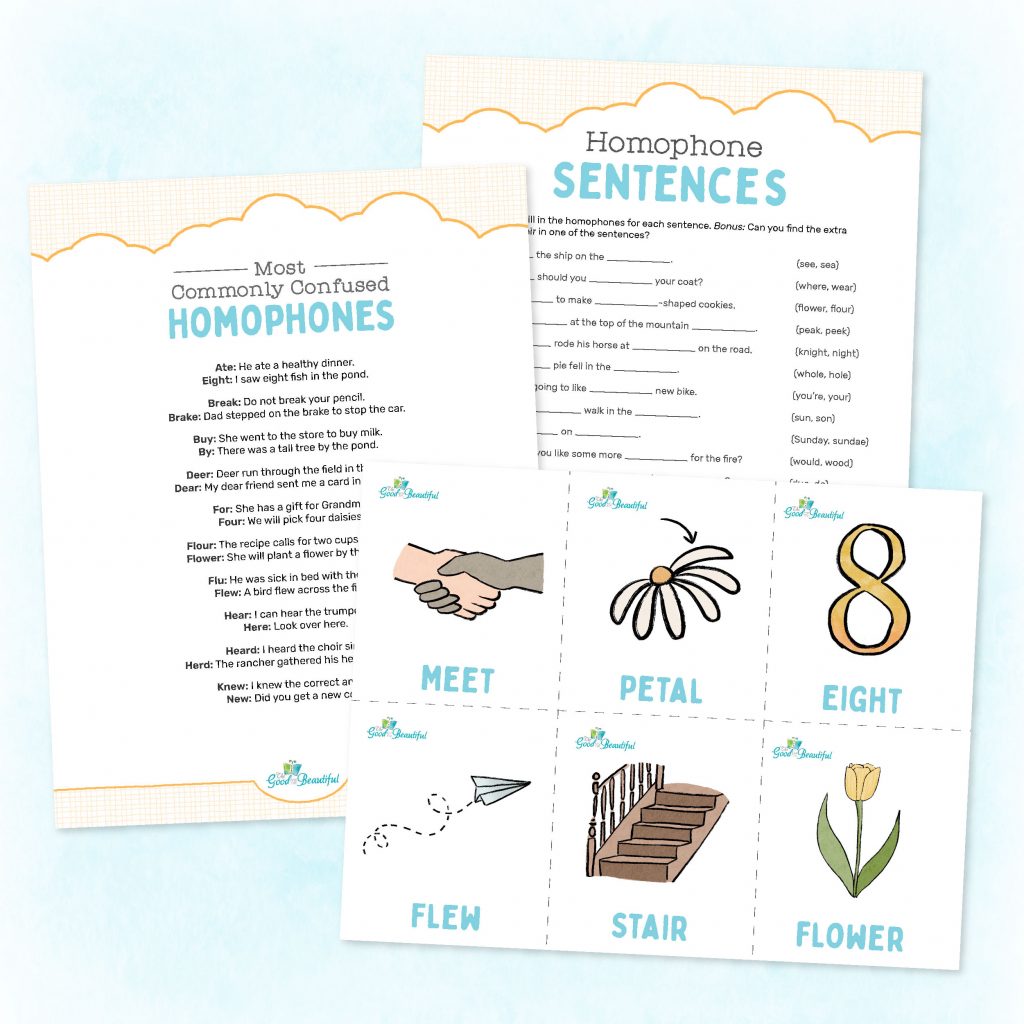


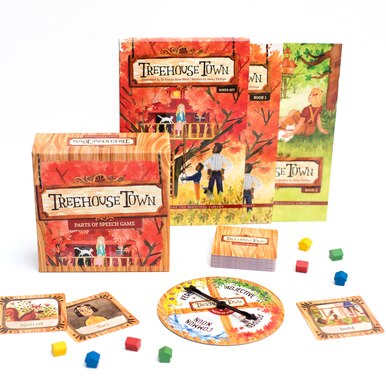

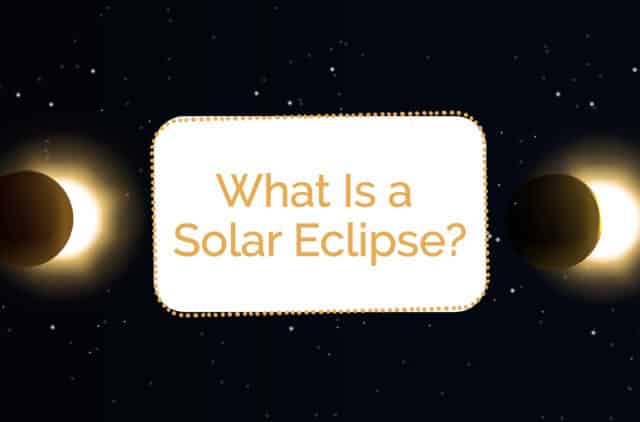
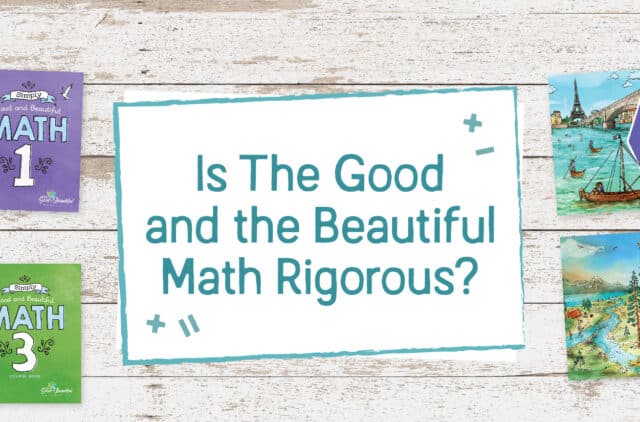
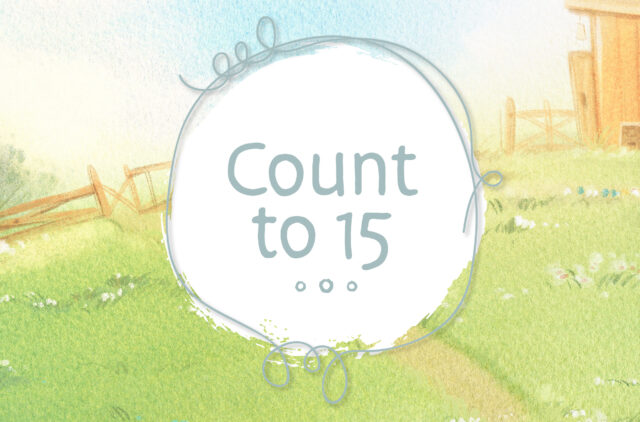
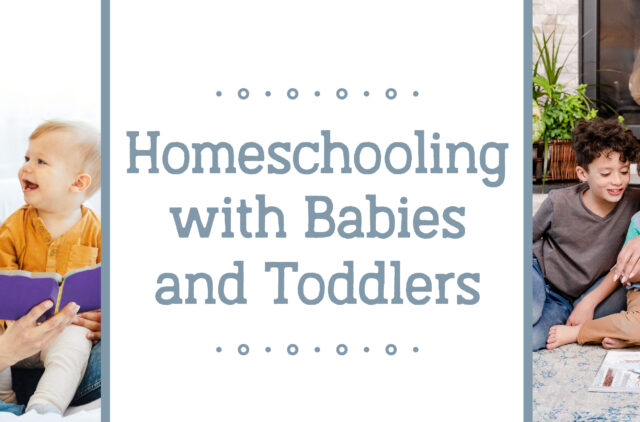
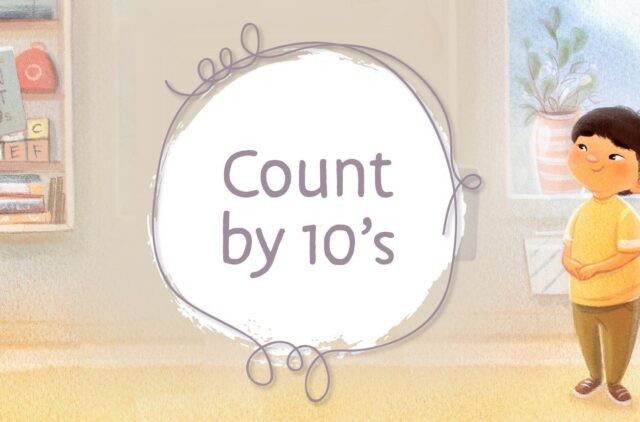
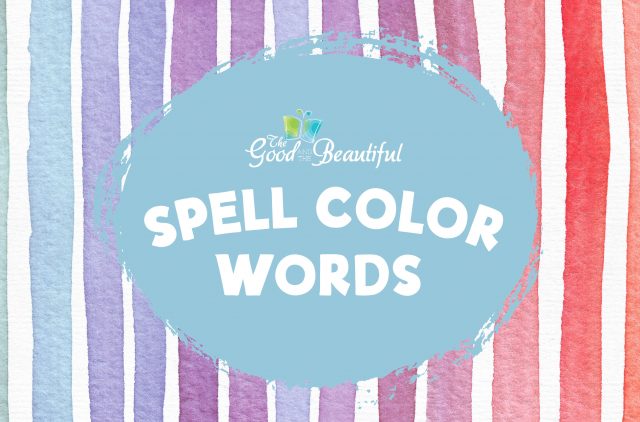

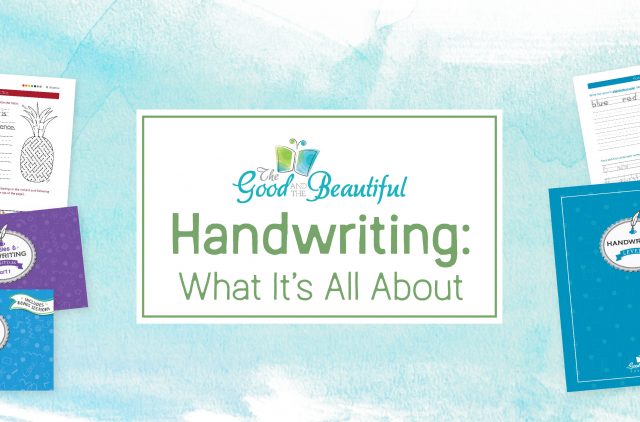
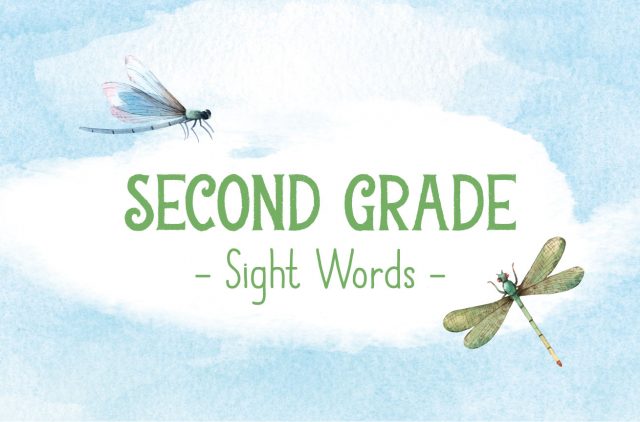
Comments
These are great! Thank you!
This is fantastic! I only wish there were more the photo flashcards! So nice! Question: What TGTB Level are Homophones really focused on (more than the Level K to, too & two)? Thanks in advance!
Thank you for your interest, Lindsey! Homophones are defined in Level 1 and practiced throughout our Language Arts Courses. You can find sample pages on our website or you can download the entire course set for free to review. Let us know if you have any additional questions and we’ll be happy to help!
I’m so glad I found this! This is perfect for my son who will be doing level 1 very soon. He has been questioning certain words already like to & two, sun, son, Thank you so much for this.
Love the illustrations and easy-to-read sentences to help young readers with reading comprehension and writing!
We have been using a different LA program, but I I really like this. I am going to have to look through your LA levels to see more about them. Your math is so colorful and easy to use and I love it.